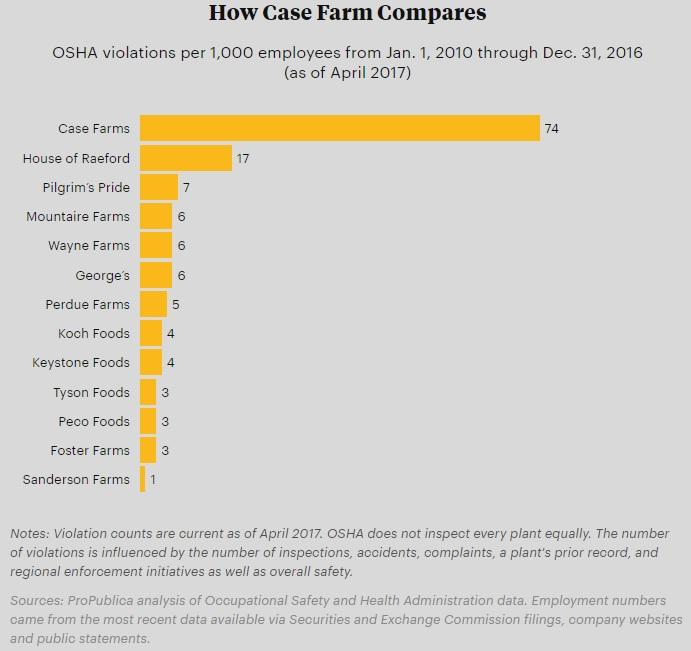

There are currently twenty-two locations in which “State Plans” pre-empt the OSH Act, plus a further six locations in which State Plans cover public employees only. Where the Occupational Safety and Health Act AppliesĪlthough a federal law, the OSH Act can be pre-empted by another federal law or by state laws that are equally or more effective at protecting employees against work-related deaths, injuries, and illnesses. The list of industries in which partial exemption applies can be found here.

Also exempted from OSHA are interns and volunteers working in a sole-proprietor business – unless they receive payment (including indirect payment) for their services.īusinesses in some industries – and those with fewer than ten employees – are partially exempt from OSHA compliance inasmuch as they are not required to maintain OSHA injury and illnesses records (except those relating to a fatality, in-patient hospitalization, amputation, or loss of an eye). The exemption for self-employed workers includes sole-proprietors and independent contractors and subcontractors – unless they operate a business in which at least one other person is employed. except self-employed workers, family members of farm employees, and employees of businesses and organizations regulated by another federal agency – for example, the Mine Safety and Health Administration, the Department of Energy, or the Coast Guard. The Occupational Safety and Health Act protects the safety and health of all workers in the U.S. The Act also increases workers´ rights and empowers the Occupational Safety and Health Administration to take enforcement action against non-compliant employers.
#OSHA STANDS FOR VT FARMS FREE#
The OSH Act requires employers to provide a working environment free from recognized hazards – or – if the hazards cannot be eliminated, measures must be implemented to mitigate the risk of death, injury, or illness. §§ 651 to 678) was signed into law on December 29, 1970, by President Nixon with the aim of improving workplace safety and health in the private sector and in federal government. The Occupational Safety and Health Act, commonly known as the OSH Act or OSHA (29 U.S.C. What is the Occupational Safety and Health Act? For this reason, our OSHA compliance checklist omits some standards that may not relate directly to medical facilities and dental surgeries. This article includes a summary of the Occupational Safety and Health Act of 1970 and an OSHA compliance checklist that can be used by employers when conducting self-assessments of safety and health policies, administration and reporting procedures, and compliance with workers´ rights.ĭue to the wide-ranging scope of the Occupational Safety and Health Act, this article focuses on the standards of the Act applicable to general industry with an emphasis on the healthcare industry.


 0 kommentar(er)
0 kommentar(er)
